Characteristics & Breed Standard
The German Longhaired Pointer is a medium sized dog, powerfully built with a long coat; noble and elegant, the German Longhaired Pointer is energetic with a gentle and biddable temperament.
Longhaired Pointers are alert, loyal and relish the company of people; they make good family pets and are equally at home having a cuddle as they are out on a run or in the shooting field.
German Longhaired Pointers belong to the Hunt Point Retrieve group of gundogs and whilst specifically bred to hunt, point and retrieve game, today’s longhair is a friendly dog with bags of energy and a desire to please.
German Longhaired Pointers are intelligent and enjoy learning, they are not known to be strong-willed or stubborn and will excel given consistent and positive training. With a gentle and sometimes sensitive disposition, the German Longhaired Pointer responds well to early and consistent training.
Originally bred to be an inexhaustible, wide-ranging hunting dog, the longhair obviously loves to run, requires space in which to exercise and is an enthusiastic hunter with a need to satisfy its hunting instincts, the German Longhaired Pointer excels on both land and water. Such versatility and biddability lends the German Longhaired Pointer to a wide range of activities and they can be found in homes enjoying a broad variety of pastimes, from the traditional gundog to agility to the active family’s pet.
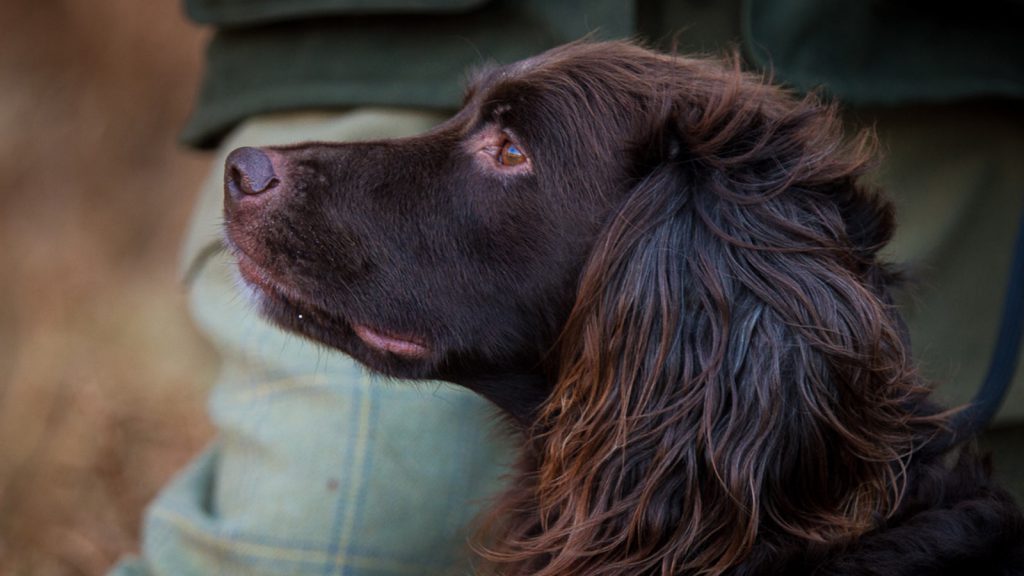
Photo courtesy of Country Shots Photography www.countryshotsphotography.co.uk
Temperament
Calm, even tempered. Alert, biddable and very loyal. Good natured and easily trained.
Characteristics
Dual purpose pointer/retriever, very keen nose, determined hunter and game-finder; equally good on land and water.
General Appearance
Medium sized, noble and elegant, powerfully built with the overall impression of an energetic, well-balanced dog..
Exercise
German Longhaired Pointers are by nature working dogs, and as such require exercise - every day, rain or shine. Like most dogs, they may become destructive if left alone for long periods of time.
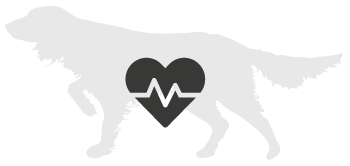
Average Lifespan
10-12 years
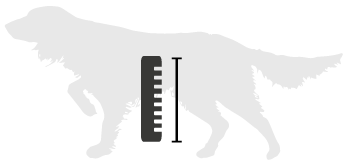
Ideal Height
Dogs: min height at withers 60 cm, max 70 cm.
Ideal height 63-66 cm.
Bitches: min height at withers 58 cms, max 66 cm.
Ideal height 60-62 cm.
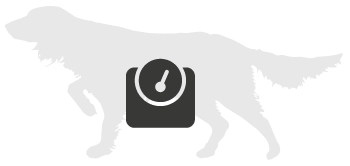
Ideal Weight
30kg (66lb)
HEAD AND SKULL
Aristocratic appearance, muzzle and skull of equal length. Top of the head is slightly rounded; a medium-width nasal bone, showing slight arch in profile and rising gently to forehead with no pronounced stop. The foreface should be of proportionate length to the skull, fairly broad and deep without being coarse, well chiselled below the eyes. Flews fairly deep, but not pendulous or exaggerated. Jaws are strong. Nose brown, but slightly flecked markings permissible. Head hair is considerably shorter than body.

EYES
Brown, as dark as possible, of medium size slightly oval shaped, neither deep set nor protruding.
Tight eyelids, no visible haw.
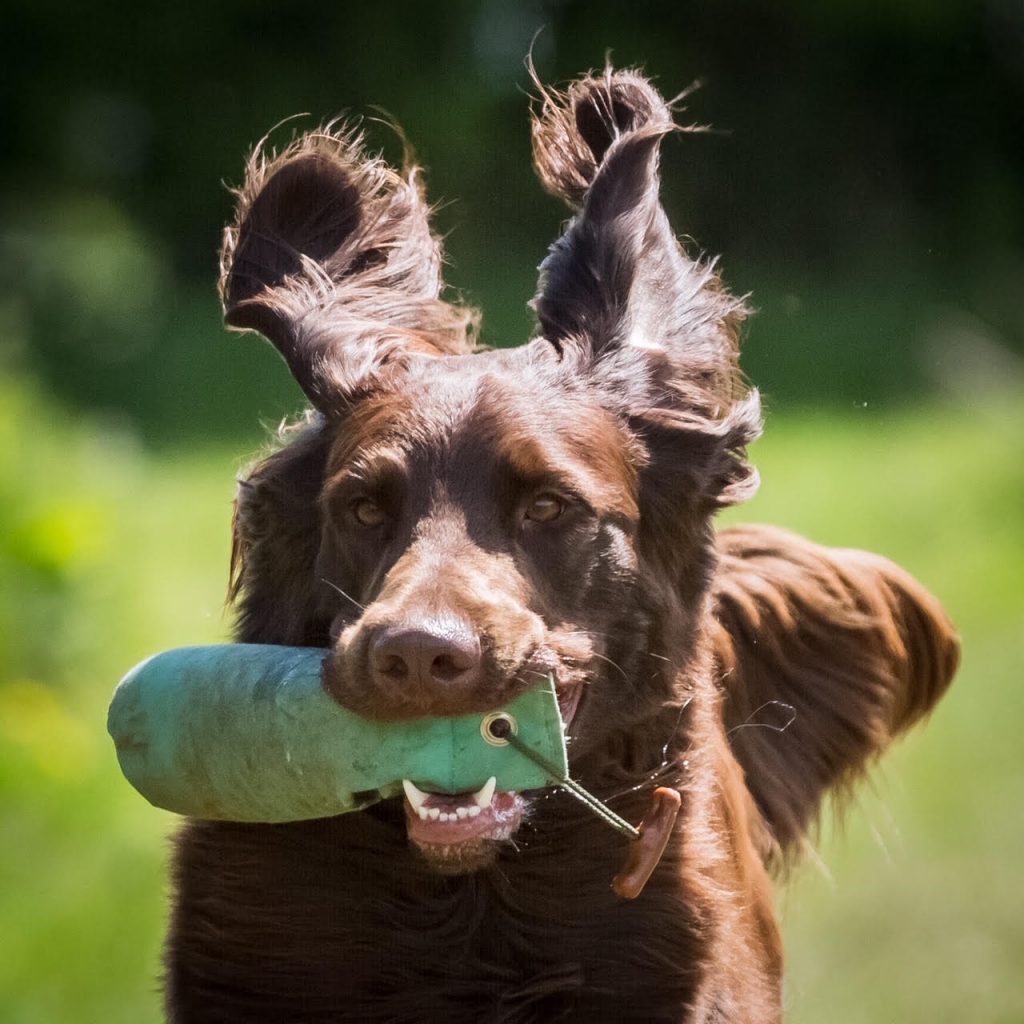
EARS
Broad and set close to and quite high on head. Turning slightly forward and leathers reaching to a point halfway between the corner of the mouth and nose. Turning out on the bottom edge; well feathered on the outside with longer hair. Slightly wavy feathering should reach beyond the tip of the nose. Lower half of the inside of the leathers are covered in hair. Ear leathers twice as long as broad.
MOUTH
Jaws strong, with perfect, regular and complete scissor bite, i.e. upper teeth closely overlapping lower teeth and set square to the jaws. Full, strong dentition desirable.
NECK
Moderate length, muscular and slightly arched, without dewlap; joining the shoulders and chest smoothly.
FOREQUARTERS
Shoulders sloping and muscular with top of shoulder blades close; upper arm long. Elbows set close to the body, turning neither outwards nor inwards. Forelegs are straight and well feathered, sufficiently muscular and strong but not coarse-boned. Pasterns slightly sloping.
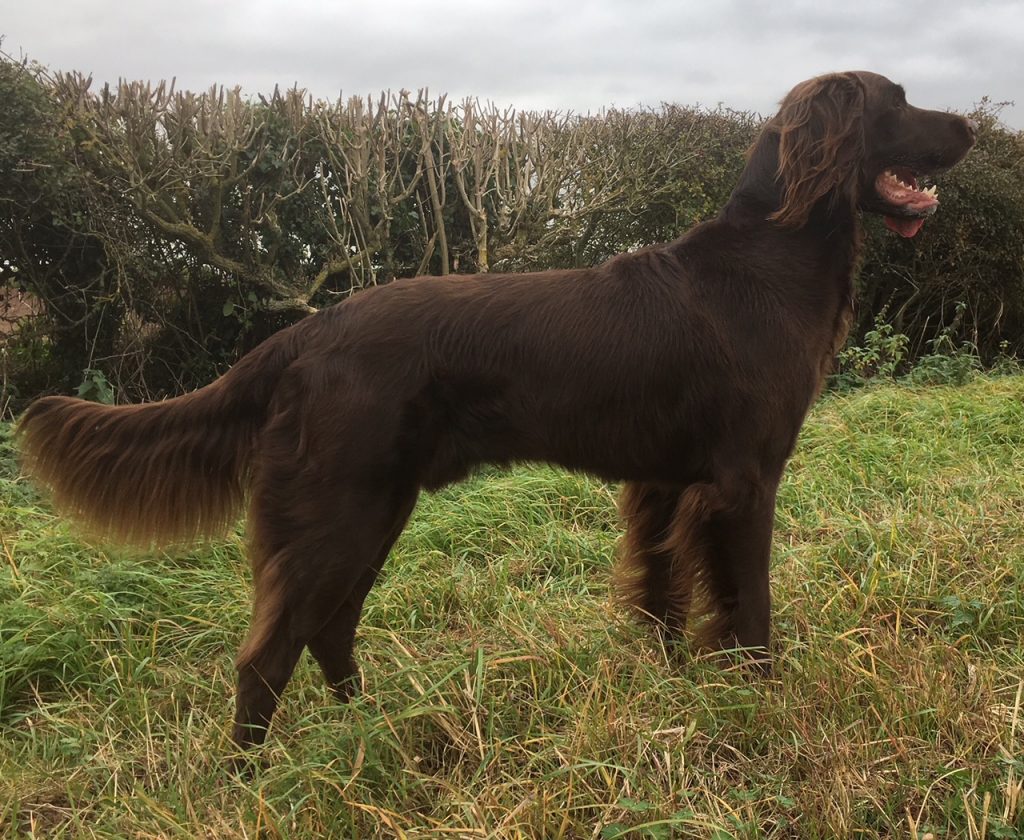
BODY
Well-developed sternum, visible when viewed from the side. Broad, deep rib cage, reaching at least to elbows. Back straight, firm and moderate in length. Very muscular around loins.
HINDQUARTERS
Long croup, slightly sloping. Stifles well bent. Hind legs are straight when viewed from the rear. Pasterns nearly upright.
FEET
Well arched, compact, close knit, round to oval shaped with strong nails and pads; turning neither in nor out. Tufts of dense short hair between toes.
TAIL
Well feathered, slightly scimitar shaped, moderately long, not reaching below hocks. Strong at root, becoming gradually thinner. Carried horizontally or just below the line of back.
GAIT / MOVEMENT
Free, long striding, stylish and graceful, with good forward reach and powerful drive from hindquarters.
COAT
Correct coat is very important. On the back and sides of the body, about 3-5 cm long, close fitting and with a good undercoat. On the throat, chest and stomach, the coat may be longer. Body hair is sleek and close lying, smooth or slightly wavy. Back of front legs and hind legs to hock joint, well feathered; below hocks significantly shorter.
COLOUR
Solid brown: white markings permissible especially on chest and feet.
Dark brown roan: with varying sized brown patches, brown head with blaze or star.
White, ticked: with varying sized brown patches, brown head with blaze or star.
Trout-coloured roan: numerous small brown patches on white ground, brown head with blaze or star.
Brown & white: either clear, or with large brown patches (e.g. saddle) and very few small patches; brown head with blaze or star.
Black: highly undesirable.
FAULTS
Any departure from the foregoing points should be considered a fault and the seriousness with which the fault should be regarded should be in exact proportion to its degree and its effect upon the health and welfare of the dog and on the dog’s ability to perform its traditional work.
Note: Male animals should have two apparently normal testicles fully descended into the scrotum.

Copyright © German Longhaired Pointer Club 2023.
Website created by We Raise Digital
